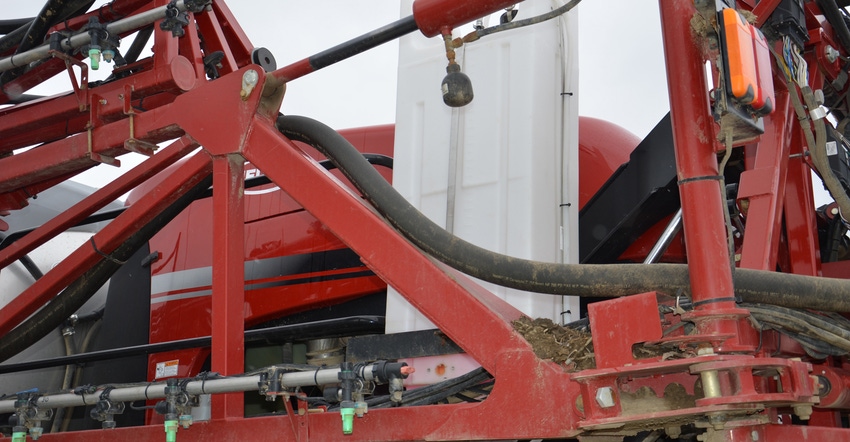
Did all that training about how to make dicamba applications in dicamba-tolerant soybeans pay off? It’s time to find out as farmers and custom applicators spray the herbicide. Rusty Grills, a family farmer near Newbern, Tenn., hopes the training makes a difference.
“We have concerns about what would happen if we don’t have the product in the future,” Rusty says. “Pigweeds are a big problem for us, and the dicamba system is an option that helps us control it. If we must go back to other chemicals and spend more money on weed control, it will be tough to stay profitable. For us to be viable as a family farm, we must be profitable.”
Rusty’s brother Hunter Grills is optimistic that training provided by companies, universities and state officials made farmers more aware.
“We sprayed Engenia successfully in 2017, and we won’t be doing anything different because we went through the training,” Hunter says. “It was a great refresher to help us remember all the things we need to do to apply it properly. In Tennessee there are tighter restrictions on spraying times to avoid temperature inversions, and the training helped drive home what temperature inversions are and why it’s important to avoid them.
“It’s all about stewardship. We’re not the owners of this world, just stewards. We must be responsible. In this case, that means applying the right product at the right rate at the right time. Training helped reinforce those ideas.”
More support
Logan Grier, technical marketing manager for product stewardship for BASF, notes that the company took its role in promoting stewardship of dicamba seriously. BASF’s efforts since the U.S. EPA revised the label took three forms: training, developing and providing digital tools, and offering equipment programs for farmers and applicators.
“Training is a very effective tool, and we trained 26,000 applicators in live programs plus another 1,200 online,” Grier says. “Face-to-face training works best, but online training can provide valuable information.”
How involved BASF representatives were in actual training depended upon what various states required, and whom each state turned to for training. However, BASF reps provided training wherever requested and whenever possible, Grier says.
“Our objective was first to reach everyone and inform them that training was required for 2018,” she says. “One of our main objectives through training was to acquaint people with label requirements. One big thing is to make sure people use the right nozzles. Our tests show that drift is 66 times more likely if you don’t use the right nozzle recommended on the labels.”
Many digital tools are available at engeniastewardship.com. One relates to helping make weather-related decisions. “You can find information in the weather tool about expected wind speed, temperatures, expected rainfall and other information for the next 36 hours,” Grier explains. “You can get information on when might be good times to spray, and when might not be good times.
“This isn’t meant as a replacement for taking wind speed and other weather measurements at boom height as you prepare to spray. It’s just a tool to help you make more informed decisions.”
BASF distributed free nozzles suited for dicamba application all over the country. The company also offers programs to help applicators acquire chemical injection units for sprayers, hooded spray booms and other equipment to reduce drift potential, Grier says.
About the Author(s)
You May Also Like




